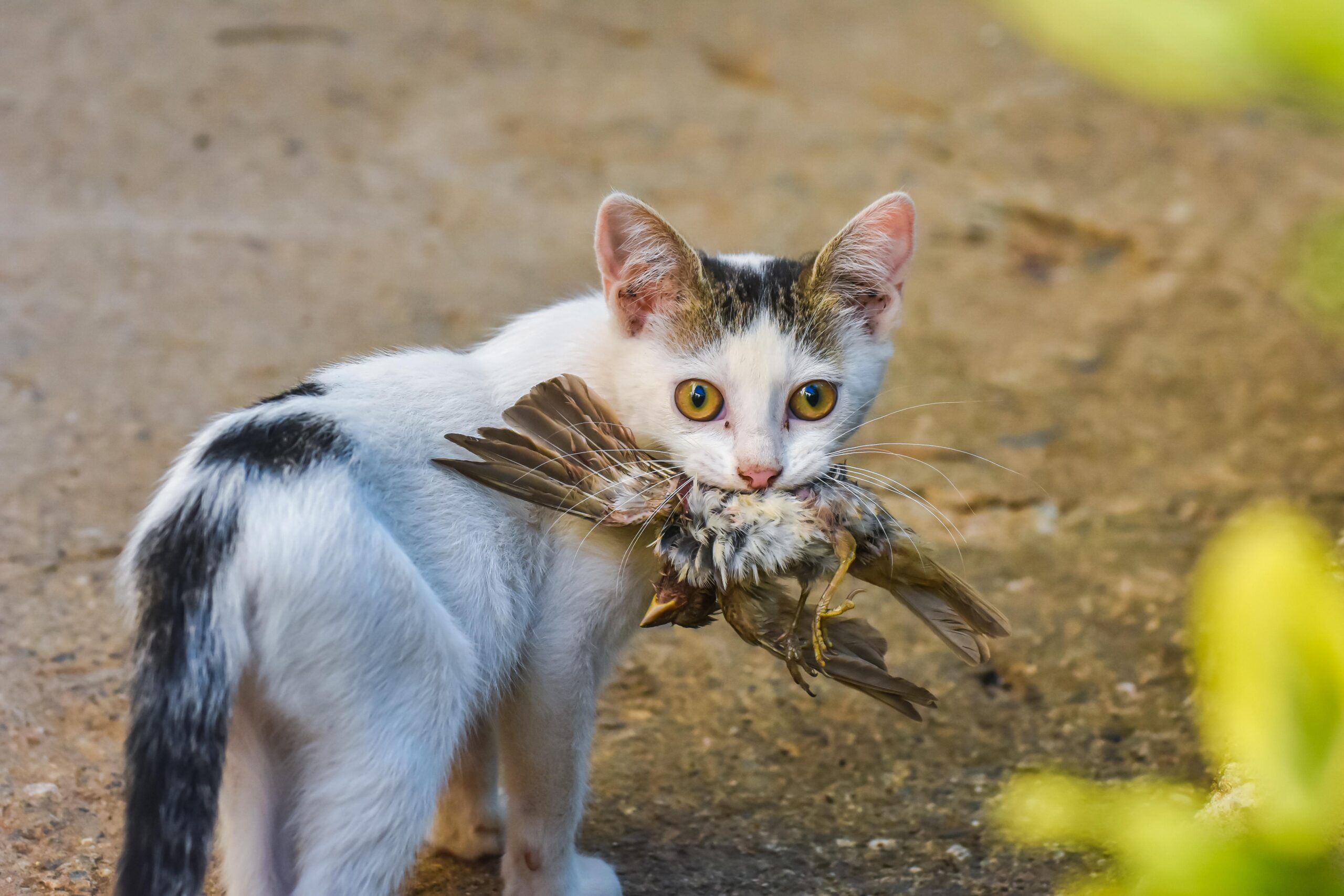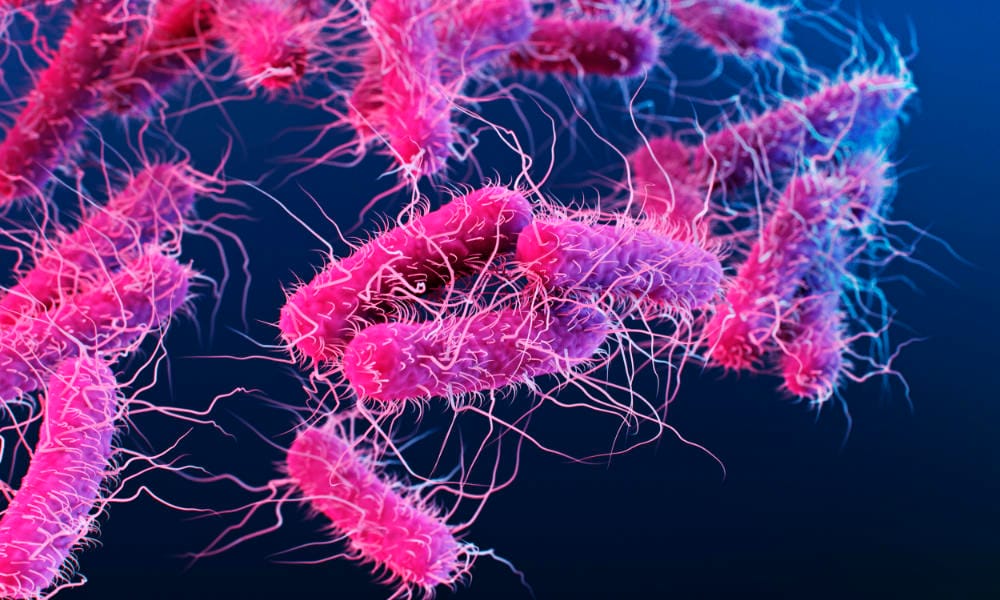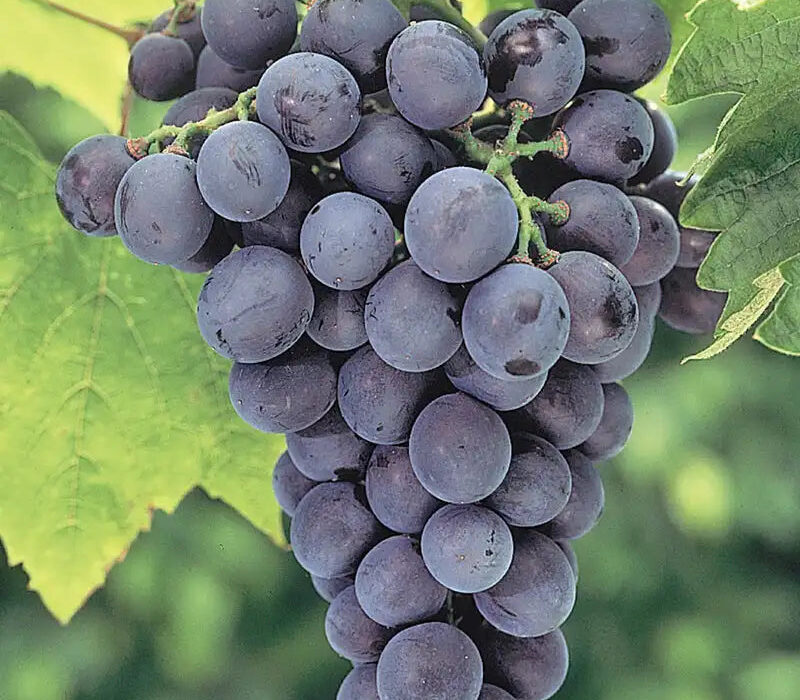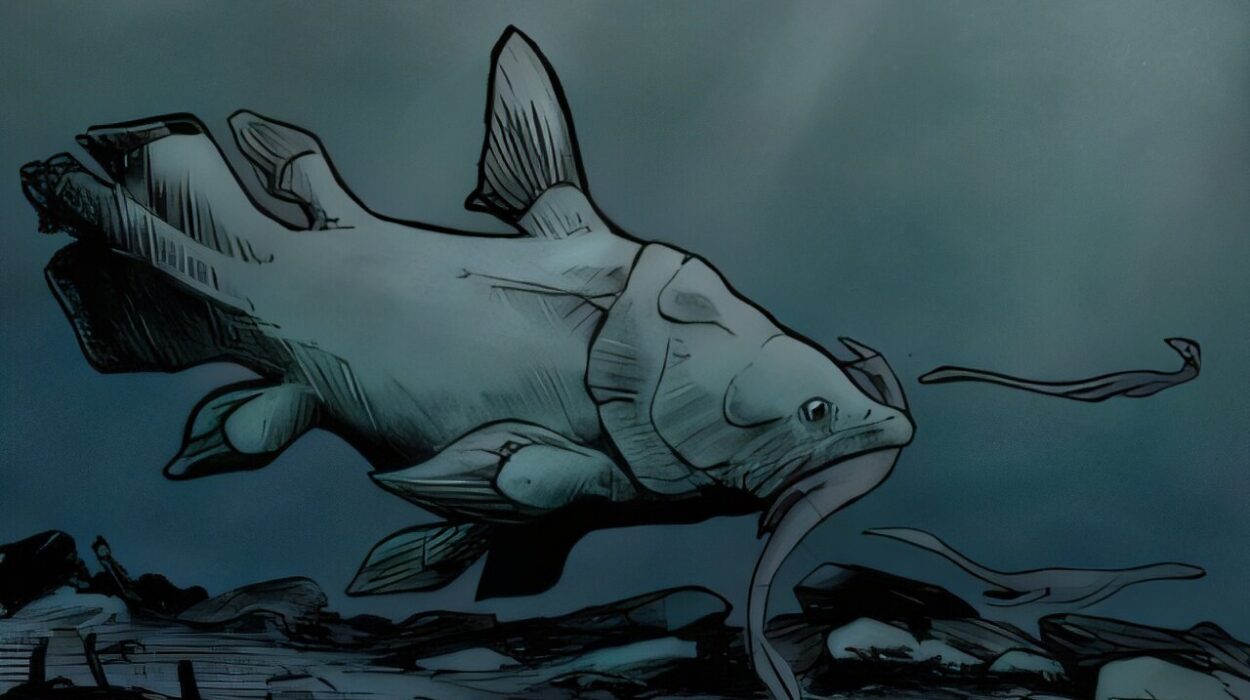It’s springtime in the Northern Hemisphere. Trees blossom, migratory birds return in majestic formation, and nature teems with life. But this seasonal renewal now brings with it an unsettling reality: a highly pathogenic avian influenza virus—H5N1—is not only adapting fast but expanding its host range in troubling directions. Once a concern primarily for poultry farmers and virologists, this lethal strain of bird flu is now rapidly evolving across species boundaries—and cats are emerging as a surprising, silent link in its march toward a potential human pandemic.
A new review published in Open Forum Infectious Diseases by researchers at the University of Maryland School of Public Health delivers a sobering update. The study, led by Dr. Kristen Coleman, unpacks two decades of global data and makes one thing chillingly clear: cats are getting sick, often fatally, and we aren’t watching closely enough.
The Feline Factor: A Hidden Transmission Hub
From pampered pets to wild tigers and barn-dwelling mousers, cats across the globe are falling victim to H5N1. The review documents 607 confirmed infections in feline species across 18 countries, resulting in 302 known deaths—figures that likely represent just the tip of the iceberg. Testing for bird flu in cats remains rare and typically happens only after death. “We urgently need to figure out how widespread the virus is in cat populations to better assess spillover risk to humans,” Dr. Coleman explains. “We want to help protect both people and pets.”
The review draws from data spanning 2004 to 2024 and captures a grim arc: as the virus has mutated and adapted, the routes of transmission to cats have diversified. Initially, cats were infected by consuming wild birds. Over time, newer pathways have emerged—cats have contracted H5N1 through contaminated raw chicken feed, from drinking infected cow’s milk, and even from other mammals. Infections have occurred in domestic pets, zoo animals, farm cats, and feral populations.
In several cases, domestic cats living on or near infected dairy farms contracted the virus by consuming raw milk from infected cows. These incidents, the review warns, highlight a rapidly increasing number of interspecies bridges being built by the virus—bridges that may soon connect cats directly to humans.
The Neurological Nightmare of H5N1 in Cats
The symptoms of bird flu in felines are severe and often grotesquely misunderstood. Unlike the relatively mild upper-respiratory symptoms associated with common strains of human influenza, H5N1 attacks the central nervous system in cats. The virus frequently causes acute encephalitis—rapid inflammation of the brain—which can manifest as seizures, disorientation, and paralysis. In many cases, veterinarians initially suspect rabies due to the aggressive neurological signs.
What makes this even more concerning is the speed and lethality of the virus. The case fatality rate for cats infected with the most virulent strain hovers around a stunning 90%. This suggests that, should a similar mutation take hold in a form that can efficiently infect humans, the consequences could be catastrophic.
Cat-to-Cat and the Cross-Species Creep
While most known infections in cats were believed to be bird-to-cat in origin, the review contains evidence pointing to cat-to-cat transmission. In animal shelters, dairy barns, and even zoo environments, clusters of infections have been reported, hinting that direct transmission among cats—without a bird intermediary—is not only possible but happening.
This is perhaps the most disquieting revelation. It signals that the virus may be inching ever closer to sustained mammal-to-mammal transmission—a crucial step on the pathway to a human pandemic.
“Bird flu has evolved, and the way that it jumps between species—from birds to cats, and now between cows and cats, cats and humans—is very concerning,” Dr. Coleman notes. “As summer approaches, we are anticipating cases on farms and in the wild to rise again.”
If H5N1 reaches a tipping point where it can move efficiently between mammals, the likelihood of airborne human transmission increases. To date, there have been no confirmed cases of sustained human-to-human transmission. But history, including the origins of the 1918 flu pandemic, shows that it only takes a few adaptive mutations to turn an animal virus into a global catastrophe.
Echoes of 2016: A Dangerous Precedent
The concern over H5N1 in cats is not just theoretical. In 2016, New York City experienced a localized outbreak of a different strain of avian influenza, H7N2, which spread within an animal shelter. Dozens of cats were infected, and at least one human—a shelter worker—also tested positive. That incident demonstrated that under the right conditions, avian flu can jump to humans via feline intermediaries.
Now, researchers fear that H5N1, which is significantly more deadly than H7N2, could repeat or even exceed this transmission pattern. With spring migrations underway, the virus is expected to surge again in both wild and domestic animal populations, amplifying the risk of cross-species interactions.
The implications for animal shelters, rescue centers, and even pet owners are serious. A single infected cat in a densely populated shelter could ignite a chain reaction. And because cat symptoms are often misdiagnosed or overlooked, these outbreaks could spread before they are even detected.
Domestic Pets, Dairy Farms, and the Viral Vortex
The idea of cats as pandemic players may seem far-fetched—after all, they’re common, beloved, and frequently considered low risk. But that’s exactly what makes them so dangerous in this context. Unlike poultry or livestock, cats are not part of any formal surveillance network for avian flu. They are everywhere: on farms, in homes, in urban streets, and they often interact with both wildlife and humans.
Farms are a particularly high-risk environment. Many dairy operations have semi-feral cats that roam freely and are sometimes fed unpasteurized milk from the herd. If that herd is infected, the cats are a direct viral endpoint—and potentially a relay to human caregivers. The recent discovery of H5N1 transmission from infected cows to barn cats in the United States marks an alarming shift in the virus’s reach and adaptability.
“We are already seeing cases of interspecies transmission that would have been unthinkable just a few years ago,” says Ian Gill Bemis, co-author of the study and a doctoral student specializing in zoonotic viruses. “Our future research will involve studies to determine the prevalence of HPAI and other influenza viruses in high-risk cat populations such as dairy barn cats.”
The Human Toll: Past, Present, and Potential Future
Since 2003, there have been around 950 confirmed human cases of H5N1 globally, with nearly half resulting in death. These are not comforting numbers. In the United States alone, between April 28, 2022, and January 6, 2025, there have been 66 confirmed cases and one death. Although this seems low, the current mode of transmission keeps the virus in check—until it adapts.
Every cross-species infection offers the virus new evolutionary possibilities. Each time H5N1 jumps from bird to cat, cow to cat, or cat to human, it experiments with genetic changes that could eventually allow it to spread efficiently in human populations.
This is how pandemics begin—not with a bang, but with a slow, unnoticed burn in the background of our lives.
Why Cat Surveillance Must Begin Now
The University of Maryland study is more than a review; it’s a warning. The researchers are urging public health authorities to begin active surveillance of cat populations—especially those in high-risk environments like farms, shelters, and areas with known avian outbreaks.
This surveillance could involve routine testing, necropsies for unexplained feline deaths, and increased public education about the risks of feeding cats raw meat or milk. The goal is simple: intercept the virus before it makes its next leap.
“Cats are not on anyone’s pandemic radar—and they should be,” Dr. Coleman emphasizes. “If we don’t start looking, we won’t see the threat until it’s too late.”
A Race Against Viral Evolution
The H5N1 virus is evolving in real time. Every infected animal is a chance for it to grow smarter, deadlier, and more transmissible. While scientists and health officials remain vigilant about traditional reservoirs like poultry and migratory birds, it is the stealthy emergence in mammalian hosts—especially cats—that may blindside us.
Nature offers few warnings before it reshuffles the pandemic deck. But this time, we may have one—delivered not with sirens or statistics, but with a purr.
If we heed that warning and begin monitoring our feline companions not just as pets but as potential sentinels, we may yet have a chance to stay ahead of the virus.
If we don’t, the next pandemic might just be curled up on a farmhouse windowsill, waiting.
Reference: Kristen K Coleman et al, Avian Influenza Virus Infections in Felines: A Systematic Review of Two Decades of Literature, Open Forum Infectious Diseases (2025). DOI: 10.1093/ofid/ofaf261






